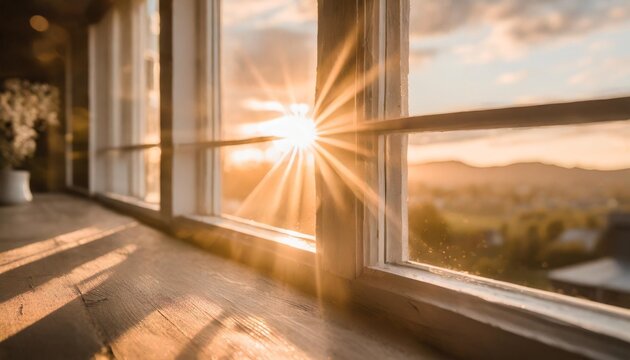The Sun: A Double-Edged Sword
While the sun is undoubtedly a powerful source of light, it can also present significant challenges for filmmakers, especially those operating on a shoestring budget. Direct sunlight can cast harsh shadows, wash out colors, and create unflattering contrasts, ultimately cheapening the overall quality of your film.
Moreover, the sun’s position changes throughout the day, resulting in shifting light patterns that can disrupt continuity and consistency in your shots. This inconsistency can be particularly problematic for outdoor scenes, where maintaining a uniform look is crucial for storytelling.
Embrace the Clouds: Finding Solace in Diffused Light
In the realm of low-budget filmmaking, cloudy days are a filmmaker’s best friend. Cloud cover acts as a natural diffuser, softening the harshness of sunlight and providing a more flattering illumination for your scenes. Cloudy skies create a blanket of soft, even light that enhances the visual appeal of your shots without the need for expensive equipment or elaborate setups.
When shooting outdoors, keep an eye on the weather forecast and plan your filming schedule around overcast days whenever possible. Not only will you avoid the pitfalls of harsh sunlight, but you’ll also benefit from a more consistent lighting environment that simplifies the filmmaking process.
Harnessing the Power of Artificial Lighting
In situations where natural light isn’t ideal or available, artificial lighting becomes essential for achieving the desired look and feel of your film. While professional lighting equipment can be costly, there are plenty of budget-friendly alternatives that can yield impressive results.
LED panels, for example, are a versatile and affordable option for indie filmmakers. These compact lights can be easily adjusted to mimic natural light or create dramatic effects, making them ideal for both indoor and outdoor shoots. Additionally, practical lights such as desk lamps or string lights can add depth and ambiance to your scenes without breaking the bank.
Mastering Lighting on a Budget
In filmmaking, lighting plays a pivotal role in shaping the mood, tone, and visual appeal of your story. While the sun may pose challenges for low-budget filmmakers, there are plenty of creative solutions available to overcome its limitations.
By embracing overcast days, leveraging artificial lighting sources, and thinking outside the box, you can achieve professional-looking results without blowing your budget. Remember, it’s not about the size of your lighting setup, but rather how you use it to enhance the narrative and immerse your audience in the world of your film. So, the next time you embark on a low-budget filmmaking journey, don’t fear the sun – embrace the clouds and let your creativity shine.


